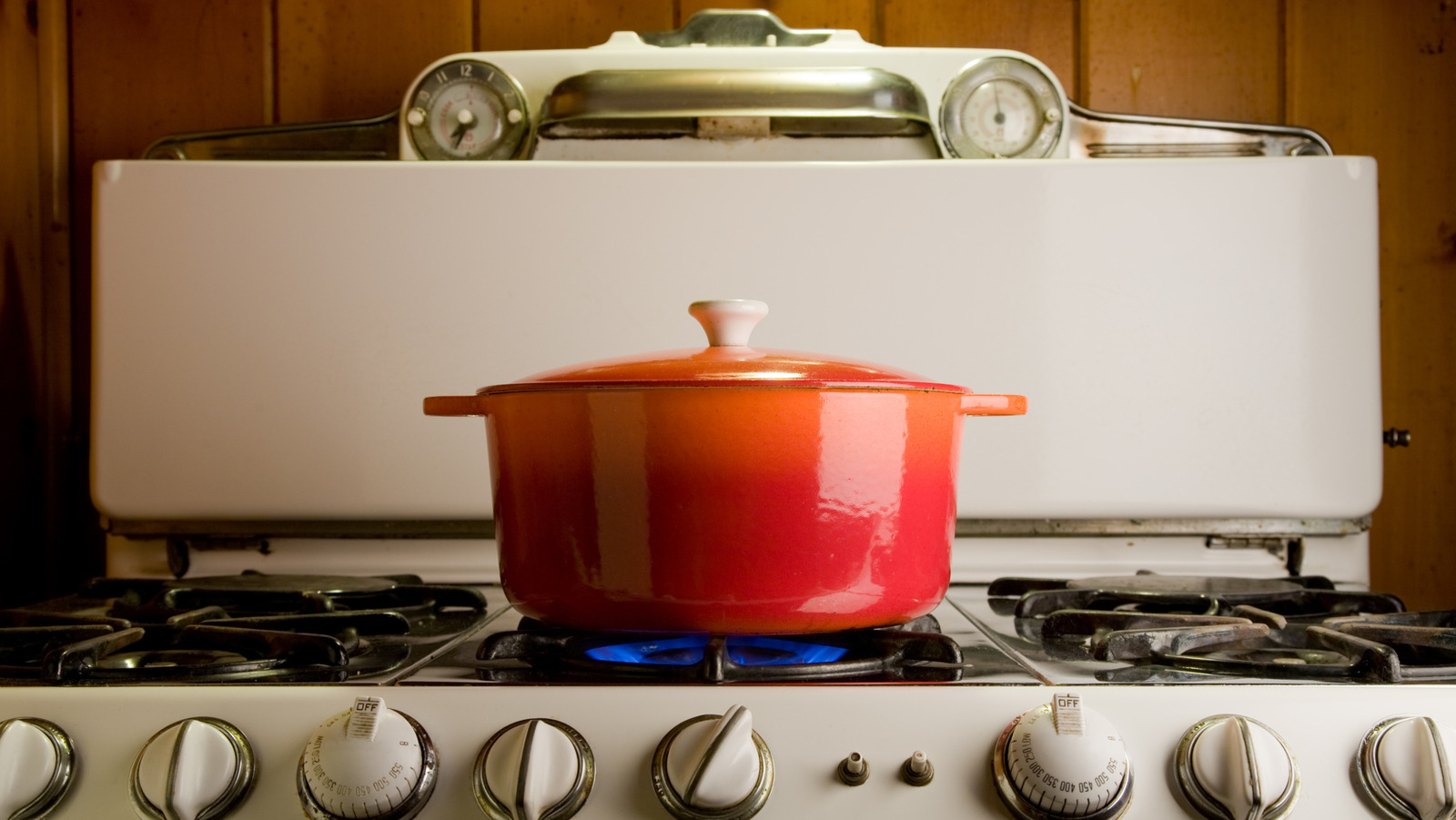
"For home cooks across the country, the era birthed a wave of culinary ingenuity. From Hoover stew to banana bread, the thrifty new dishes of the period emphasized minimal, often starchy ingredients such as potatoes, rice, and flour - versatile and filling. Innovative foodies were finding creative cooking techniques to transform staple ingredients - like cornmeal, a food steeped in flavor and American heritage."
"Cornmeal mush is a kind of porridge not unlike polenta, consisting of cornmeal hydrated with water, then boiled, chilled, sliced, and fried. Indigenous Americans grew maize as a food source for both people and livestock, drying the corn kernels on the stalk to transform them into a more versatile ingredient. Fried, that same cornmeal mush sustained Americans during both the Great Depression and the Dust Bowl. It was highly portable and shelf-stable, fit for migrating folks in crisis and scarcity-stricken folks at home alike."
The 1929 stock market crash triggered the Great Depression, producing widespread hardship and 25% national unemployment by 1933. Economic strain prompted home cooks to develop thrifty, starch-focused recipes such as Hoover stew and banana bread using potatoes, rice, and flour. Cornmeal, rooted in Indigenous maize cultivation and drying techniques, became a versatile staple. Cornmeal mush is a porridge similar to polenta: cornmeal is soaked, boiled until thick, poured into a greased loaf pan, chilled, sliced, and fried. Fried cornmeal mush provided a portable, shelf-stable, filling food that sustained migrating families and scarcity-stricken households during the Depression and Dust Bowl.
Read at Tasting Table
Unable to calculate read time
Collection
[
|
...
]